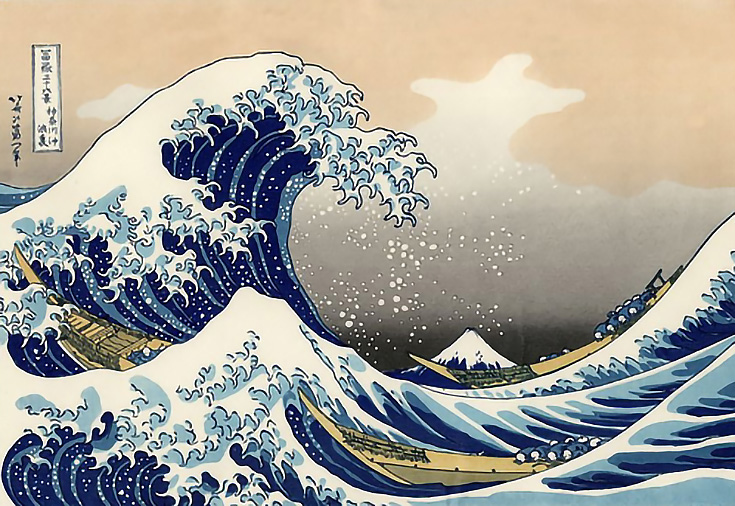 The disaster unfolding in Japan has me thinking about several things, like how quickly can a major world economy recover and just how resilient can supply chains possibly be in the face of “black swan” events of such unpredictably immense proportions?
The disaster unfolding in Japan has me thinking about several things, like how quickly can a major world economy recover and just how resilient can supply chains possibly be in the face of “black swan” events of such unpredictably immense proportions?
These are major questions confronting the world’s third largest economy and while the outcome is very much uncertain, for Japan and for the rest of the world, the Japanese people perhaps don’t have to look very far for guidance. The principles of collaboration, cross-functional teamwork and lean, flexible production embodied in the Toyota Production System can serve as a model for Japan’s rebuilding strategy. Process simplification, patience and efficiency built Toyota into the company that it is today and those ideas can help restore Japan.
I say this because coincidentally enough I’ve been reading Jeffrey K. Liker’s excellent book, “The Toyota Way: 14 Management Principles from the Word’s Greatest Manufacturer” (McGraw-Hill, 2004).
Some of the business principles of the Toyota Way are extremely resonant with the Vested Outsourcing business model. For example, Principle 1 focuses on basing management decisions on having a long-term philosophy, “even at the expense of short-term financial goals.” In other words, it’s okay to leave money on the table with a greater prize in sight. The second principle says to “create continuous process flow to bring problems to the surface.” While many of the other principles are directly related to mass production and manufacturing processes, the Vested approach really identifies with those that center on adding value by developing people and partners and continuously solving root problems through organizational learning and continuous improvement.
In a section that discusses new product development, specifically the Prius, Liker refers to an article he co-wrote back in 1995 that presents the apparently paradoxical idea of delaying decisions to “make better cars faster.” He terms this “set-based concurrent engineering,” in which sets of alternatives are broadly considered rather than initially focusing on only one solution. Unlike other automakers in Japan and in the US, “Toyota designers think about sets of design alternatives, rather than pursuing one alternative iteratively,” Liker and his colleagues wrote. “They gradually narrow the sets until they come to a final solution.” They concluded that “this apparently inefficient system has made Toyota the fastest and most efficient developer of autos.”
Focusing first on exactly what is in front of you rather than getting bogged down in the often overwhelming how of it is good advice in life, business and disaster recovery. It’s also Vested’s Rule #2.
Some food for thought as we watch Japan consider and then deal with the myriad alternatives and possible solutions ahead.